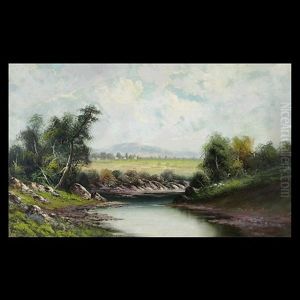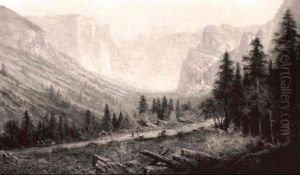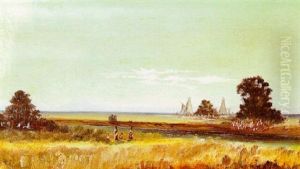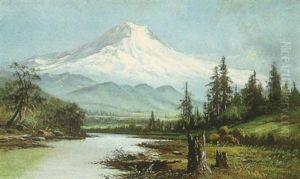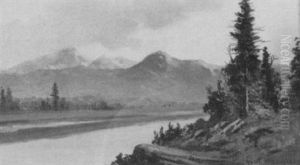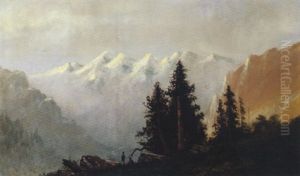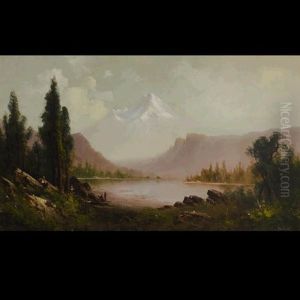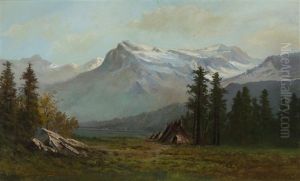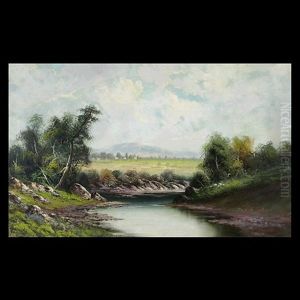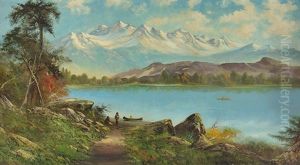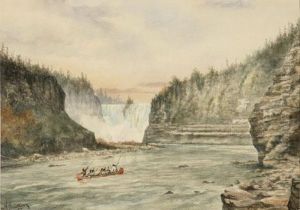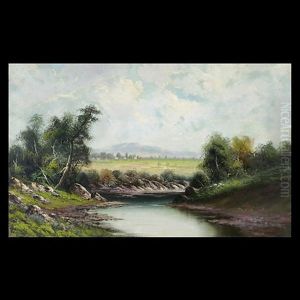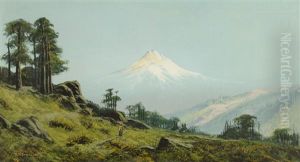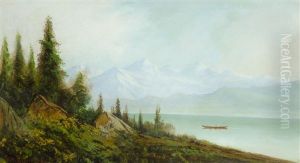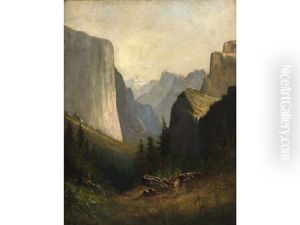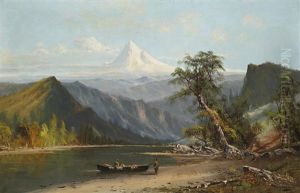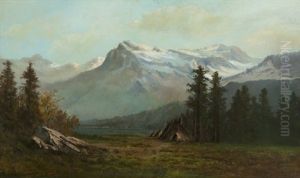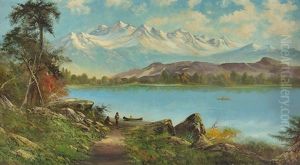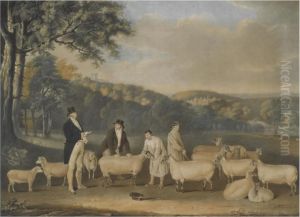William Weaver Armstrong Paintings
William Weaver Armstrong was an American artist, born in 1854 in Virginia. Not widely known in the grand narrative of art history, Armstrong's work and life still offer a glimpse into the world of American art during his time. He spent most of his life in the United States where he developed his artistic skills and cultivated his interest in painting.
Though there is limited information on the specifics of Armstrong's education and training, it is known that during the late 19th and early 20th centuries, many American artists either trained at local art schools or academies or traveled abroad to study art, particularly in Europe. Armstrong may have followed this trend to some extent, but his career did not rise to the same prominence as some of his contemporaries.
Armstrong's artistic output is not well-documented, and as a result, his work has not been the subject of extensive scholarly research. This lack of documentation means that specific details about his exhibitions, the themes and subjects of his work, and his contributions to American art during his lifetime remain obscure to historians. However, he would have been a part of the cultural milieu that included the transition from traditional to more modernist approaches in art.
William Weaver Armstrong's death occurred in 1937. By this time, the art world had seen significant changes, with the impact of two World Wars and the Great Depression influencing both the content and form of art. Armstrong's legacy, like that of many artists of his era, might only be reflected in the private collections or local institutions that house his work. Without widespread recognition or a substantial body of research, Armstrong represents the multitude of artists whose lives and works form the understudied backdrop to the more renowned figures in American art history.
